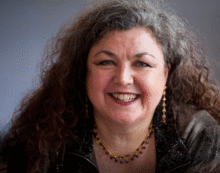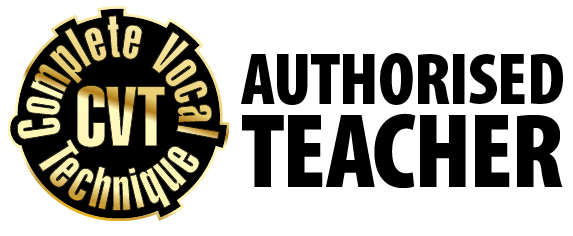WHAT IS CVT?
Complete Vocal Technique Explained
Welcome to the website of the CVT Association in the UK. Here you will find information and contact information for authorized CVT teachers in the UK and Worldwide
the complete vocal technique
The Complete Vocal Technique (CVT), is an internationally acclaimed method for vocal coaching. Developed by Cathrine Sadolin a leading voice researcher, vocal instructor, vocal coach, producer, author, singer, composer and instrumentalist.
Welcome to the website of the CVT Association in the UK. Here you will find information and contact information for authorized CVT teachers in the UK and Worldwide
With a growing number of vocal teachers teaching CVT, the quality of teaching is of the utmost importance to make a clear distinction between authorized and unauthorized teachers. This can be seen in the “Authorized Teacher” seal, which only authorized CVT teachers are allowed to use. All of the CVT vocal teachers listed here are authorized and have completed their 3-year graduate education at the Complete Vocal Institute in Copenhagen and are qualified according to CVT standards to teach based on the latest vocal research, vocal technique and vocal pedagogy.
Our teachers use the best tried and tested teaching tools to find what works for YOU. With regular workshops, courses and guest teachers from all over the world, the Complete Vocal Technique in the UK is here to help you sing to your full potential
Cathrine Sadolin is the author of Complete Vocal Technique (considered the leading educational material for teaching professional singing techniques), and the founder of the Complete Vocal Institute (CVI) with branches across the world. Her research across all vocal styles, combined with her own experiences as a professional singer, has inspired innovative thinking across the field.
For more information on the complete vocal institute – visit http://completevocal.institute/

Cathrine Sadolin
3 overall Principles

support

necessary twang

protruding jaw/tight lips
metal
the four vocal modes
neutral
Neutral is the only non-metallic mode. There is no ‘metal’ in the sound. The character is usually soft, like singing a lullaby.
curbing
Curbing is the only half-metallic mode. There is a slight ‘metal’ on the notes. It sounds slightly plaintive or restrained, like when you moan.
overdrive
Overdrive is one of two full-metallic modes. There is a great amount of metal and the character of Overdrive is often direct and loud, like when you shout ‘hey’.
edge
Edge (formerly ‘Belting’) is the other full-metallic mode. There is a great amount of metal in the notes. The character of Edge is light, aggressive, sharp, and screamy.
DENSITY
Advanced Level: The modes also differ in the amount of density they contain. By looking at the modes in terms of density, you can develop a more advanced understanding of the modes.
You do not need to work with the mode and densities to use the modes.
sound colour
All modes can be lightened or darkened, though some more than others. The sound colour is created in the vocal tract, which is the space above the vocal cords extending to the lips and including the nasal passages. The form and size of the vocal tract is of great importance to the sound colour. The shape of the vocal tract can be altered in many directions so there are many ways of changing the sound colour of your voice.
epiglottic funnel
Shape of the epiglottic funnel
larynx
Position of the larynx
(high, low)
tongue
Shape of the tongue,
(compressed, flattened)
mouth
Shape of the mouth
(Smile!)
soft palate
Position of the soft palate
(raise, lower)
nasal passage
Nasal passages
(open, close)
vocal effects
These are sounds which are not connected to melody or text but are sounds that underline the expression or style of a singer. Many effects are produced in the vocal tract. See the video below of the recent CVI conference talk on rough vocal effects.

Great SINGING is a click away
Authorized CVT teachers spend a minimum of 3 years at the Complete Vocal Institute in Copenhagen in order to be able to teach the Complete vocal Technique. There are currently on 5 authorised teachers in the UK
